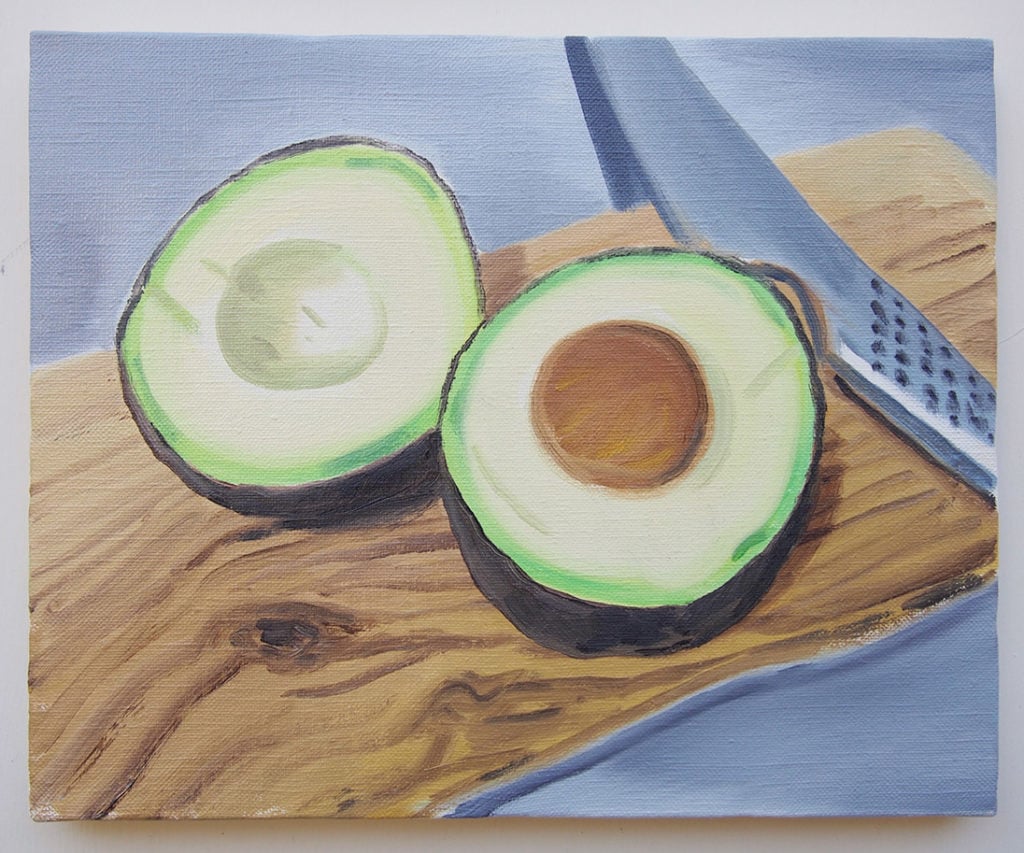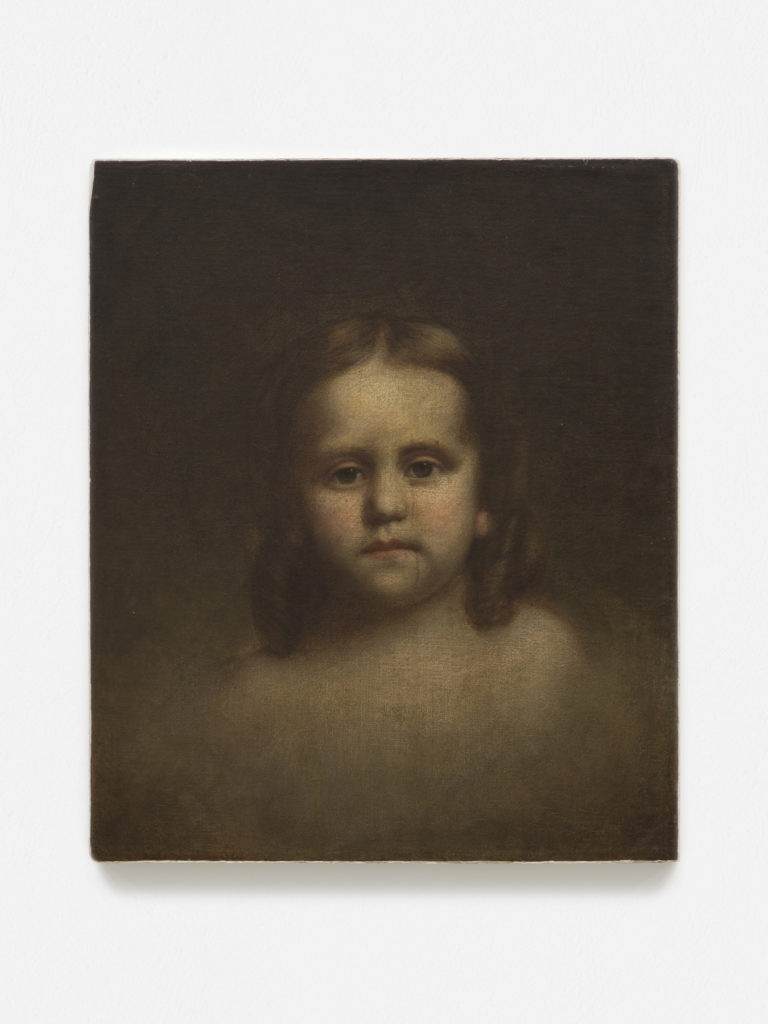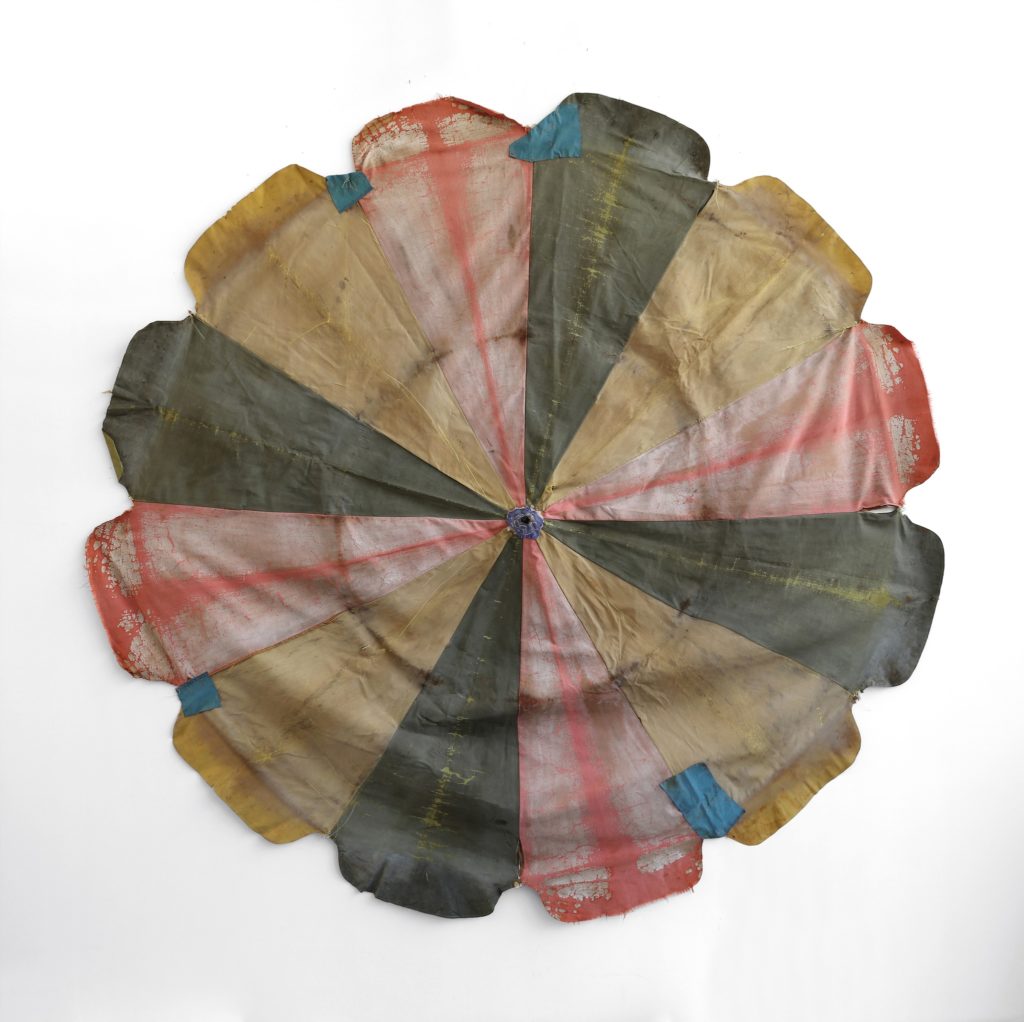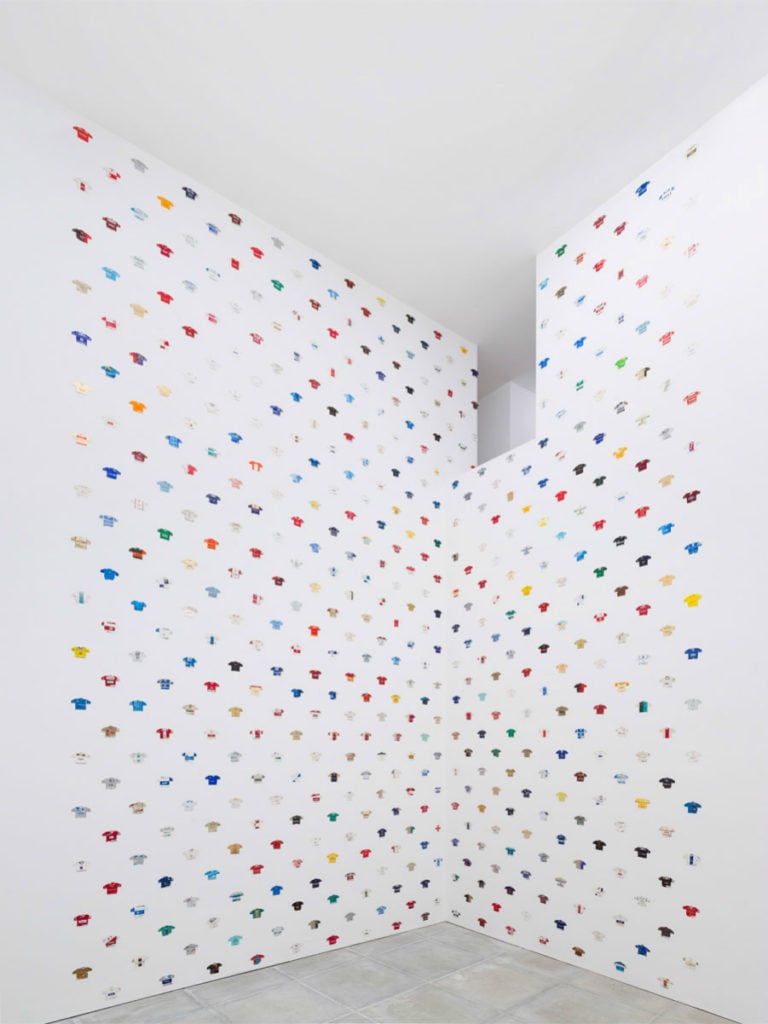
Market
More Than an Alternative Art Fair, Condo Wants to Revive Gallery-Going Worldwide. Is It Working?
The co-hab event for international galleries spiced up the New Year in London and is headed next to Mexico City.

The innovative gallery-share event Condo is expanding. In addition to its established ventures in New York, Mexico City, and London, a smaller version is launching in São Paulo in April. Another edition of the increasingly popular project is planned for Shanghai later this year.
In the meantime, however, Condo’s original initiative in London has firmly taken root. The third edition of the month-long event, which closed last weekend, hosted 46 international galleries at 17 local spaces. That’s 11 more visiting galleries and two more host spaces than last year. Many of the participants introduced artists to collectors and curators in the British capital for the first time.
Reports of sales were solid, though not overwhelming. But dealers say sales aren’t really the point. Condo’s structure, they contend, allows them to focus on long-term promotion and eschew quick cash infusions—a distinct advantage over the pricier art-fair model.
Condo’s novel format invites host galleries in one city to share exhibition spaces with visiting foreign galleries without imposing any commission or rental fees on the guest. While the event began as a platform for small and mid-size businesses, established dealers including Maureen Paley, Sadie Coles, and Johann König opened their spaces to smaller galleries from abroad in London this year—a sign of Condo’s growing role in the city’s art ecosystem.

David Weiss, “Wandlungen” series (1975). Courtesy of Weiss Falk.
Reviving Gallery-Going Culture
Condo has risen to prominence against the backdrop of proliferating art fairs, a dwindling number of mid-tier galleries, and indications that dealers are cutting back on the number of booths they rent in far-flung tents or characterless convention centers.
But for participants in Condo, the most troubling element of the status quo is the drop in foot traffic to galleries. Some might say Condo tricks people into treating old-school gallery hopping like an art fair: an event for which one must make time. The major difference, however, is that Condo seeks to encourage a slower pace for looking at and appreciating art.
“Getting people back into the gallery to engage with and buy art is important to those of us who are not in the profit-driven minority that generally controls far too much of what counts,” says Jeffrey Rosen of Tokyo’s Misako & Rosen, which returned to Condo London despite not having placed any works last year. His gallery will also take part in the upcoming Condo Mexico City and Condo Shanghai, which opens July 7.
Condo’s founder Vanessa Carlos, of the London-based gallery Carlos/Ishikawa, tells artnet News that there is a misconception that Condo is just a cheaper alternative to art fairs for younger galleries. “The project is much more about a reaction to an art world structure that mimics what is happening in the world at large right now: a neoliberal pyramid where everything seems to point toward corporations,” she says.
Indeed, dealers say Condo represents also an opportunity to take risks and introduce artists they might not show at a fair. Gigiotto del Vecchio, who co-directs Supportico Lopez of Berlin and plans to take part in Condo Mexico City, which is due to open on April 14, says that exhibiting at an art fair means “you bring more or less what you can sell.” At Condo, because of the lower costs to participate, “you can promote an artist and make an exhibition that you could not do in a big fair.”

Robert Overby, Princess Restoration c. 1850 anon. (1973). Courtesy of Andrew Kreps Gallery.
Host Galleries Benefit, Too
The established Berlin gallerist Johann König, who opened a space in London last fall, said he took part in Condo this year because “we are new to the London scene and Condo seems to have become a crucial part of it.”
König hosted a Brazilian gallery, Jaqueline Martins, and the two aligned their programs by focusing on the language of Minimalism. Martins showed Lydia Okumura, a Brazilian artist active in the ’70s, and König presented work by contemporary artists Jeppe Hein and Jose Dávila, who are inspired by Minimalism.
While dealers concur that Condo is not primarily about sales, that doesn’t mean sales aren’t important—or that they aren’t happening. At Maureen Paley in east London, visiting galleries joségarcia, mx from Mexico City and the Belgian gallery dépendence sold work by artists Eduardo Sarabia and Michaela Eichwald, respectively.
“I like that Condo brings energy and interest to the gallery space,” Maureen Paley says. “It should not be equated with a ‘fair’ idea or approach.” During Condo, Paley sold two works by Wolfgang Tillmans.
Katy Green, the director of Rodeo Gallery, a Condo London veteran, said she was surprised by how many visitors attended her show, and even decided to extend it another week. She also sold a large body of work by Ian Law to Collezione La Gaia in Turin, among other sales to private collectors, during Condo’s run.

Eric Baudart, paraSols p005 (2016). Courtesy of Edouard Malingue Gallery and the artist.
The director of mother’s tankstation of London and Dublin, Finola Jones, called Condo “brilliant, simple, [a] triumph.” Visitor numbers were “off the charts” for its show co-curated with Edouard Malingue Gallery from Hong Kong and Shanghai in which both galleries presented three artists whose work had never been shown in London.
“The softer economics of Condo London, over something like the tougher financial imperatives applied during Frieze week, allows this great project to essentially be about experimentation, introductions, and the audience engagement with real gallery spaces,” she says. “It is as much about the everyday, shared eventism of following maps, going down alleys, getting into lifts, talking to people, feeling hard walls, and joining mailing lists, as experiencing good art.”

Leo Fitzmaurice, Post Match, installation during Condo London at The Sunday Painter, copyright the artist, courtesy of the gallery.
Antidote to Fair Fatigue
Overall, the positive sales reports and busy preview weekend indicated that collectors are enthusiastic about the Condo model, even if a wholesale reversal of our increasingly event-driven culture may be out of reach.
“I think really good art fairs that deliver, like Art Basel for example, are absolutely essential for the gallery ecology,” Vanessa Carlos says. “But I think there is an over-proliferation of fairs that aren’t as well put together.”
Will Jarvis of The Sunday Painter, a host gallery that has just opened a new space in Vauxhall, predicts Condo will only continue to find favor among dealers.
“Once a tipping point has been reached, people feel compelled to be part of the experience for fear of missing out,” he says. This year’s event generated reasonable sales and “a good amount” of publicity for the gallery. “You have to work hard when 80 percent of the art market is dominated by five percent of galleries,” he says.
Dawid Radziszewski of Warsaw’s Galeria Dawid Radziszewski, which showed at The Sunday Painter in London during Condo, is already planning to come back for more, having signed up for the Mexico City event. Without events like Condo, he says, “the art market is boring—for gallerists, for artists, for collectors.”
Follow artnet News on Facebook:
Want to stay ahead of the art world? Subscribe to our newsletter to get the breaking news, eye-opening interviews, and incisive critical takes that drive the conversation forward.
SHARE
Article topics


No comments:
Post a Comment